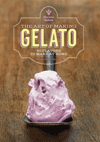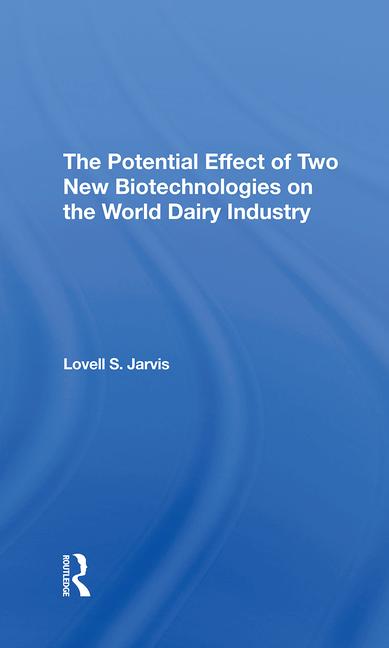“Gelato” is Italian-style ice cream (from gelare, meaning to freeze).
What is “gelato”?
“Gelato” is Italian-style ice cream (from gelare, meaning to freeze). It is a product that is defined not by regulatory standards but by conventional wisdom and consumer expectations. In that sense, it is in the same category as the terms “premium,” “superpremium” and “gourmet.” Like those products, gelato involves a combination of classical ingredients, formulas and approaches, and is managed by the same laws of chemistry and physics as other ice creams. It retains the context and spirit of the ice cream standards of identity including the form of the food, its ingredients, its intended use and nutritional composition.
Gelato is closely associated with strong flavors (sometimes true “Italian” flavors), more vibrant colors and a skew toward “adult” tastes. This tends to make gelato more compatible with upscale market positioning.
Like ice cream, gelato compositions vary widely over a range of fat levels from 1 or 2% to 15% or more. As in the case of ice creams, non-fat milk solids and sweeteners vary in relationship to the functional needs of the mix and of the finished dessert. Sometimes a desire for stronger bolder flavors results in sweetness levels greater than in standard ice cream.
Overrun of finished gelato can vary as well, but over a more narrow range than ice cream, typically from no injected air (near zero overrun) to 15-20% overrun.
Gelato is defined by much the same qualities (smoothness, creaminess) as for ice cream. For example, small air cells and ice crystals are good, large are bad.
Gelato is generally made in small batch sizes. Typically it is frozen in batch freezers, although continuous freezers can be used for packaged versions. Packaged versions need to retain all key technical elements that are desirable in gelato. This can be difficult to achieve in packaged formats.
The conditions under which gelato is dispensed from the freezer is critical. Some gelato freezers are capable of discharging product at temperatures as low as 9 degrees F (typical ice cream draw temperatures are 20 to 24 F). Some freezers adjust dasher speed in response to changes in temperature.
Gelato is dispensed semi-soft from the freezer into pans, in which it is presented for viewing at the point of consumption in special “dipping” cabinets designed for enhanced viewing of multiple products. Frequently, added eye appeal is created by artistically distributing particulates or syrups appropriate to a particular flavor over the surface. Additional appeal is created by sculpting the surface into fanciful shapes.
Gelato is held, dipped and served in semi-soft state close to the physical form in which it emerges from the freezer. The interval between initial freezing and consumption of gelato is measured in hours not days or months. This differentiates it from “soft-serve” frozen desserts, which are dispensed from the freezer directly to the consumer without an intermediate holding step. It also differs from conventional packaged or bulk ice cream, which is subjected to hardening for subsequent long term storage and distribution.
In contrast to packaged ice cream, the warmer eating temperature of gelato provides a softer, creamier texture and allows for richer, more natural, fuller flavors.
Although the handling of gelato does not expose it to the conditions that cause texture deterioration (i.e., “heat shock” due to temperature variation) in packaged ice cream, the way in which it is presented and handled creates other areas of vulnerability to textural quality loss. In the temperature range in which gelato is held and dispensed, conditions in the unfrozen portion of the product allow water to migrate and cause ice crystals to grow via the phenomenon of “ripening” or recrystallization. Thus, gelato has the same vulnerability to the development of textural defects as ice cream. As a result, careful attention to controlling ice crystal growth remains of importance. Limiting ice crystal size in gelato (or any frozen dessert) is part of what makes it smooth and creamy.
In summary, gelato is ice cream and as such subject to all applicable laws of chemistry and physics. Understanding and managing these laws can create opportunities for more than just a different eating experience.
This column was adapted from Tharp & Young’s “Gelato and Other Gourmet Ice Creams,” published in Prepared Foods, February 2009.
For more on gelato and other new novel ice cream styles and products, join Dr. Bruce Tharp & Dr. Steve Young for the Tharp & Young On Ice Cream Technical Short Course, Workshops and Clinics in Las Vegas, Dec. 2-4, 2009. Get more information at www.onicecream.com or 610/975-4424.
Tharp & Young on Gelato





